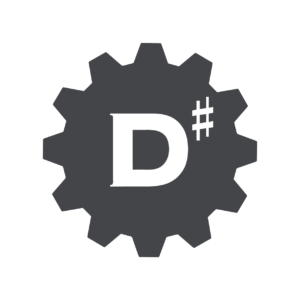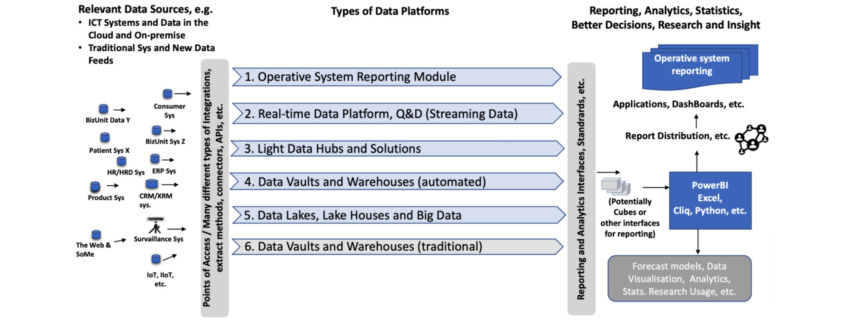DSharp is thrilled to welcome Tuukka Urpi as the new Head of Software Development. Urpi’s appointment marks a significant addition to the DSharp team, bringing over two decades of rich experience in the technology sector.
Urpi’s journey in tech started in his childhood, fueled by a fascination with computers, beginning with the C64/C128. His professional path has been equally impressive, with a career that began in software development in 2000 and transitioned to software architecture in 2007. His skill set is extensive, encompassing a variety of programming languages, database systems, and development methodologies. While a proponent of the DevOps culture, Urpi’s true passion lies in development, especially backend systems and architecture, where he often engages in what he playfully refers to as “software archaeology.”
With a domain knowledge rooted primarily in healthcare, Urpi has also worked in the industrial, municipal, and educational sectors. At DSharp, he is excited to focus on modeling and creating a robust environment that upholds the highest standards in usability, quality, and development methods.
Outside of his professional sphere, Urpi is a man of many interests, ranging from cosmology to photography, gardening, and foraging. He is particularly passionate about food and gaming, identifying himself as a pizza aficionado. His involvement with the Pizzanpaistajat community has led to the creation of a vibrant network of pizza enthusiasts, the publication of a successful pizza-making book, and the founding of a startup dedicated to pizza.
Reflecting on his initial time at DSharp, Urpi describes his experience as “Nice, very nice,” appreciating the team’s strong drive, exploratory spirit, and unique sense of humor.
Urpi’s addition to the DSharp team signifies an exciting new chapter. His extensive expertise and dynamic approach to software development are set to enhance DSharp’s ongoing commitment to innovation and excellence in the field.
The DSharp team extends a warm welcome to Tuukka Urpi and eagerly anticipates the fresh perspectives and energy he brings to his new role.



